How Can Swot Analysis Benefit A Company
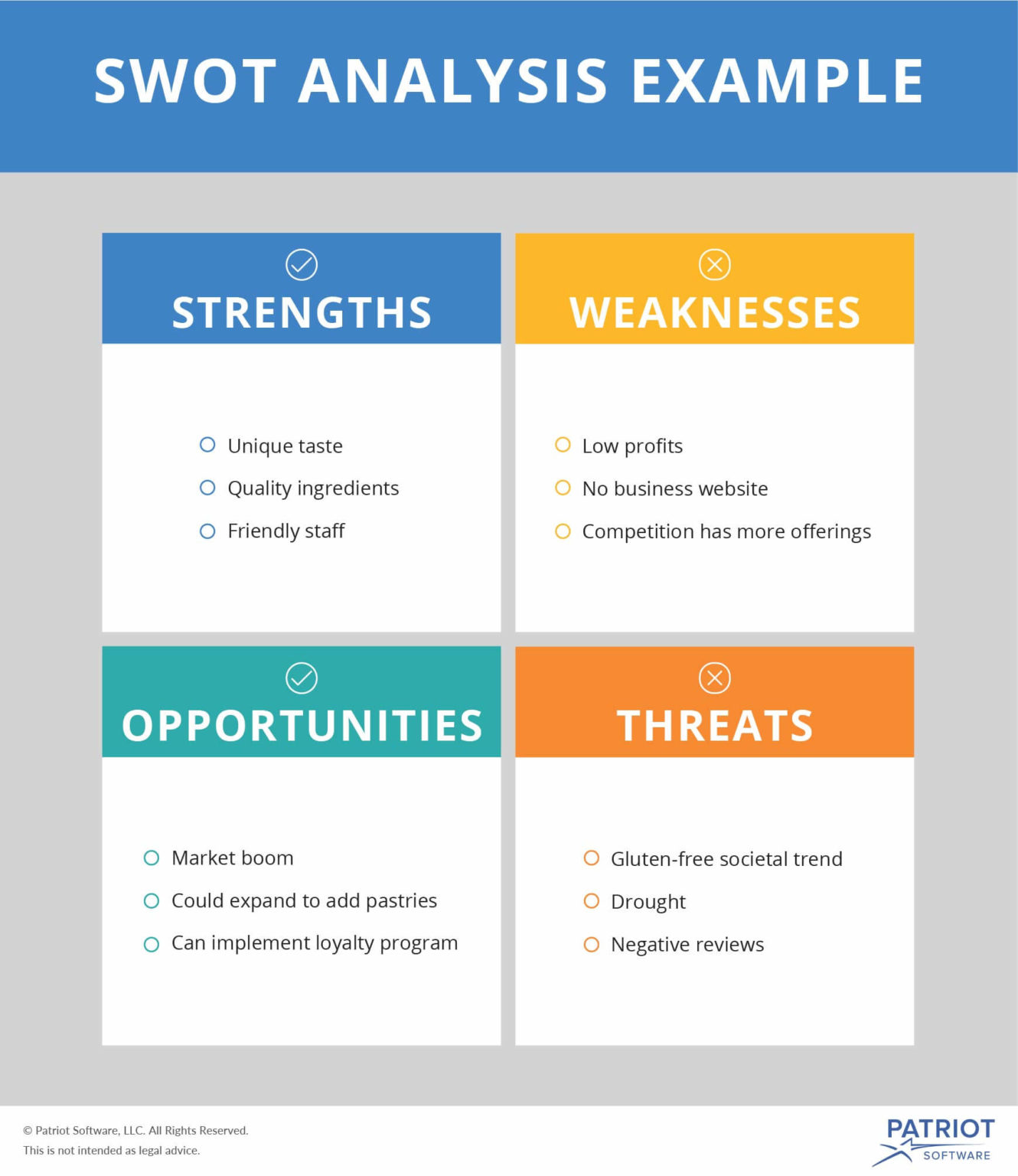
Imagine a ship setting sail on a vast ocean. The captain pores over charts, checking weather reports, and meticulously inspecting the vessel. This careful preparation, assessing everything from favorable winds to potential storms, mirrors what a SWOT analysis does for a company before it embarks on its business journey. It’s a vital process, ensuring the voyage is as smooth and successful as possible.
At its core, a SWOT analysis is a strategic planning tool that evaluates a company's Strengths, Weaknesses, Opportunities, and Threats. This framework provides a clear, concise overview of the internal and external factors influencing a business, enabling informed decision-making and strategic alignment.
Understanding the Four Pillars of SWOT
A SWOT analysis is built on four key elements, each providing a unique perspective on the company's current and future prospects.
Strengths: Building on What You Do Best
Strengths are the internal attributes and resources that give a company a competitive advantage. This could include a strong brand reputation, innovative technology, skilled workforce, or efficient operational processes.
Identifying and leveraging these strengths is crucial for maintaining a leadership position in the market. A company with a reputation for excellent customer service, for instance, can capitalize on this by launching loyalty programs and building deeper customer relationships.
Weaknesses: Addressing Areas for Improvement
Weaknesses are internal limitations that hinder a company's performance. This might involve outdated technology, lack of skilled employees, inefficient processes, or a weak financial position.
Acknowledging weaknesses is not a sign of failure; it's an opportunity for growth. By recognizing these areas, companies can invest in training, upgrade technology, or streamline processes to mitigate their impact and improve overall performance.
Opportunities: Seizing New Possibilities
Opportunities are external factors that a company can exploit to its advantage. These could include emerging markets, changing consumer trends, technological advancements, or favorable government policies.
Being aware of opportunities allows companies to proactively adapt and capitalize on favorable conditions. For example, a growing demand for sustainable products presents an opportunity for companies to develop and market eco-friendly alternatives.
Threats: Mitigating Potential Risks
Threats are external factors that could negatively impact a company's performance. This might involve increased competition, economic downturns, changing regulations, or disruptive technologies.
Identifying potential threats enables companies to develop contingency plans and mitigate risks. A company facing increasing competition, for instance, might invest in product differentiation or strategic partnerships to maintain its market share.
Benefits of Conducting a SWOT Analysis
The benefits of conducting a SWOT analysis are multifaceted. It provides a structured framework for strategic planning, facilitates informed decision-making, and fosters a deeper understanding of the company's competitive landscape.
Resource allocation is optimized because a company can concentrate efforts and resources on its strengths and opportunities while minimizing the impact of weaknesses and threats. It also enhances competitive advantage by enabling a business to identify and exploit market gaps.
According to a report by Deloitte, companies that regularly conduct strategic reviews, including SWOT analyses, are more likely to adapt to changing market conditions and maintain a competitive edge.
Real-World Applications
Consider a small coffee shop owner. A SWOT analysis might reveal the shop's strengths as its unique atmosphere and loyal customer base. Its weaknesses could be limited marketing budget and small seating capacity.
Opportunities might include partnering with local businesses or offering online ordering. Threats could be the opening of a large chain coffee shop nearby or rising coffee bean prices.
By understanding these factors, the owner can make informed decisions, such as focusing on customer loyalty programs, exploring partnerships, and developing a contingency plan for rising costs.
In conclusion, a SWOT analysis is more than just a checklist; it's a powerful tool that helps companies navigate the complexities of the business world. By understanding their strengths, weaknesses, opportunities, and threats, companies can make informed decisions, develop effective strategies, and ultimately, achieve their goals. It's about charting a course for success, ensuring that the ship, metaphorically speaking, arrives safely at its destination.
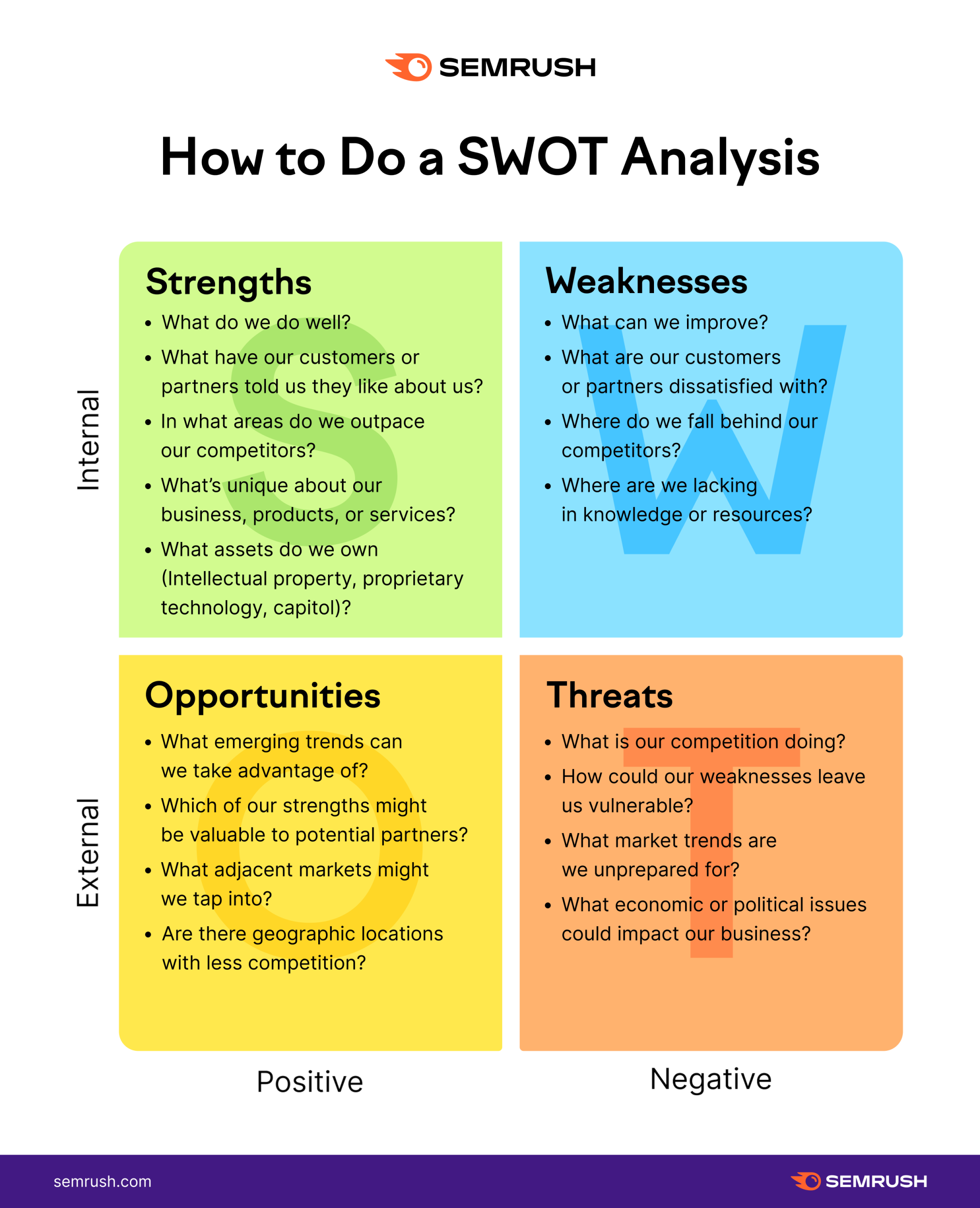

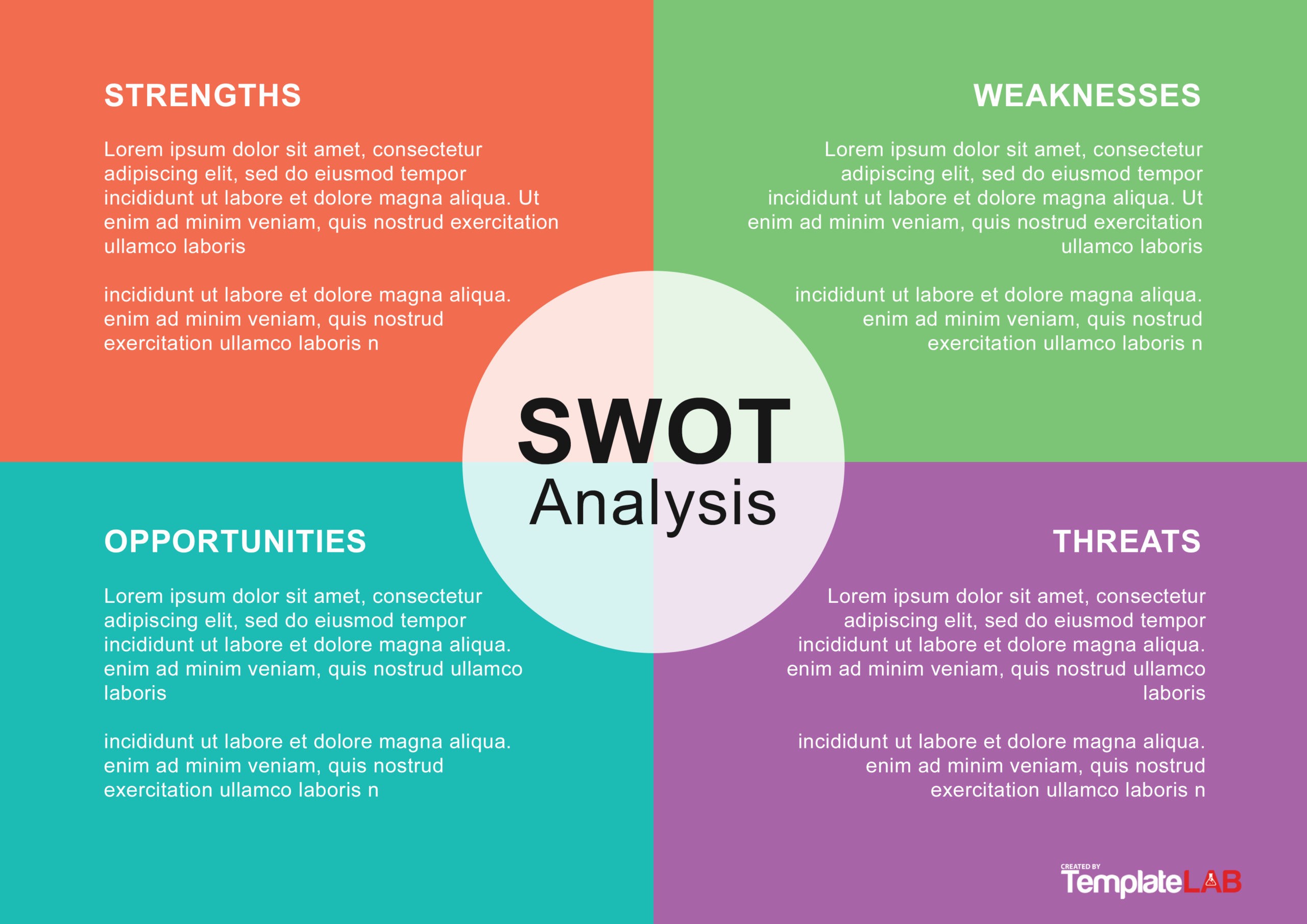



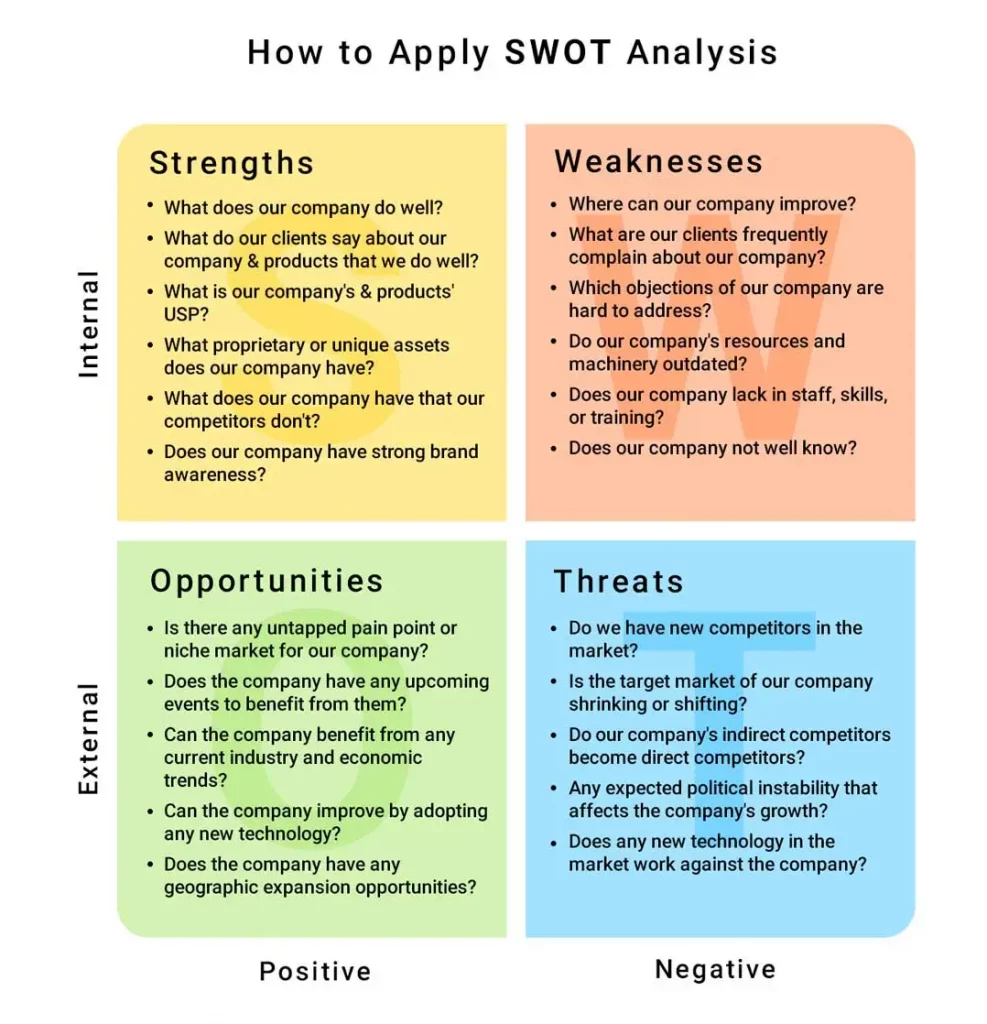
![How Can Swot Analysis Benefit A Company SWOT Analysis: How To Do One [With Template & Examples] - Blog](https://blog.hubspot.com/hs-fs/hubfs/swot-analysis-example.jpg?width=3000&height=2000&name=swot-analysis-example.jpg)


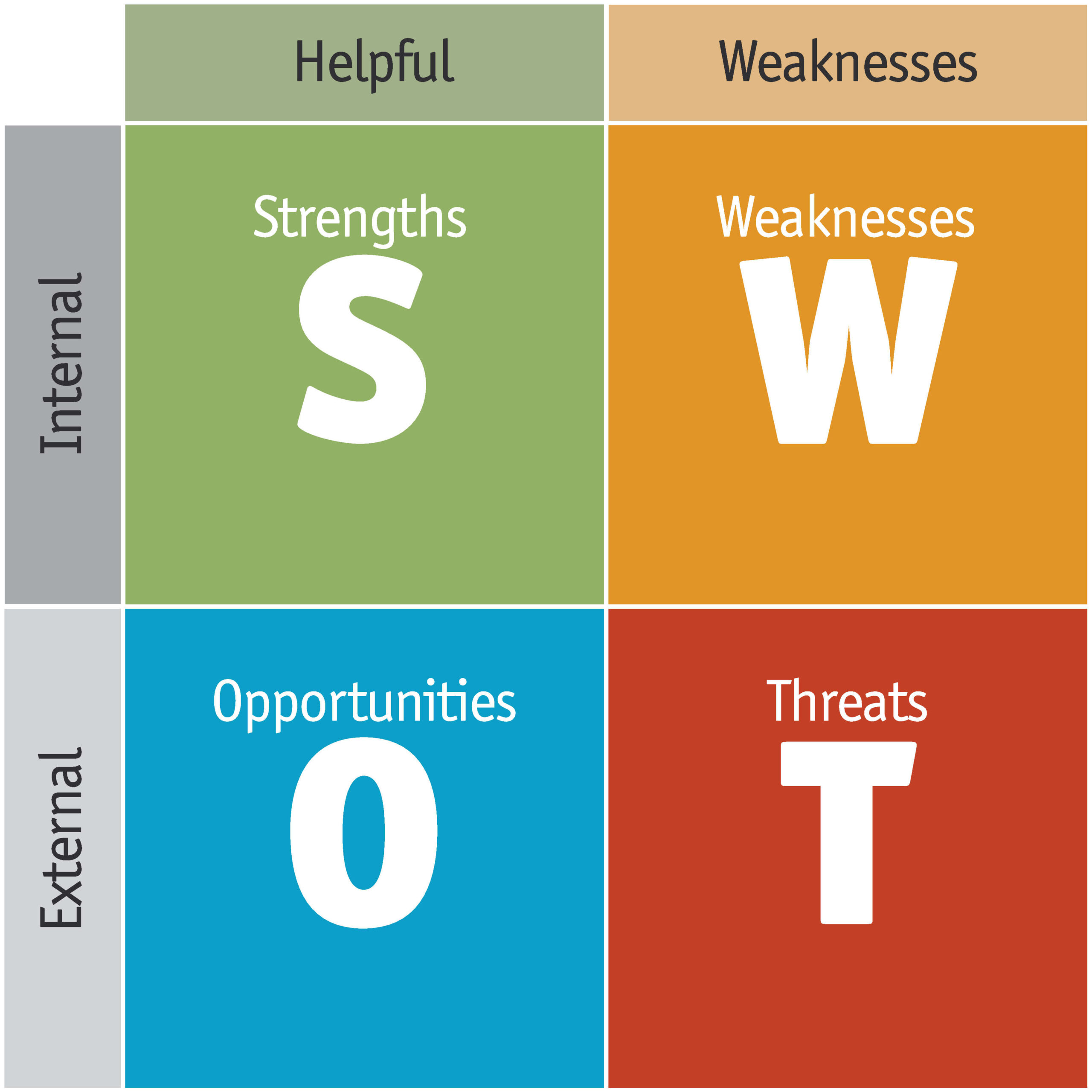
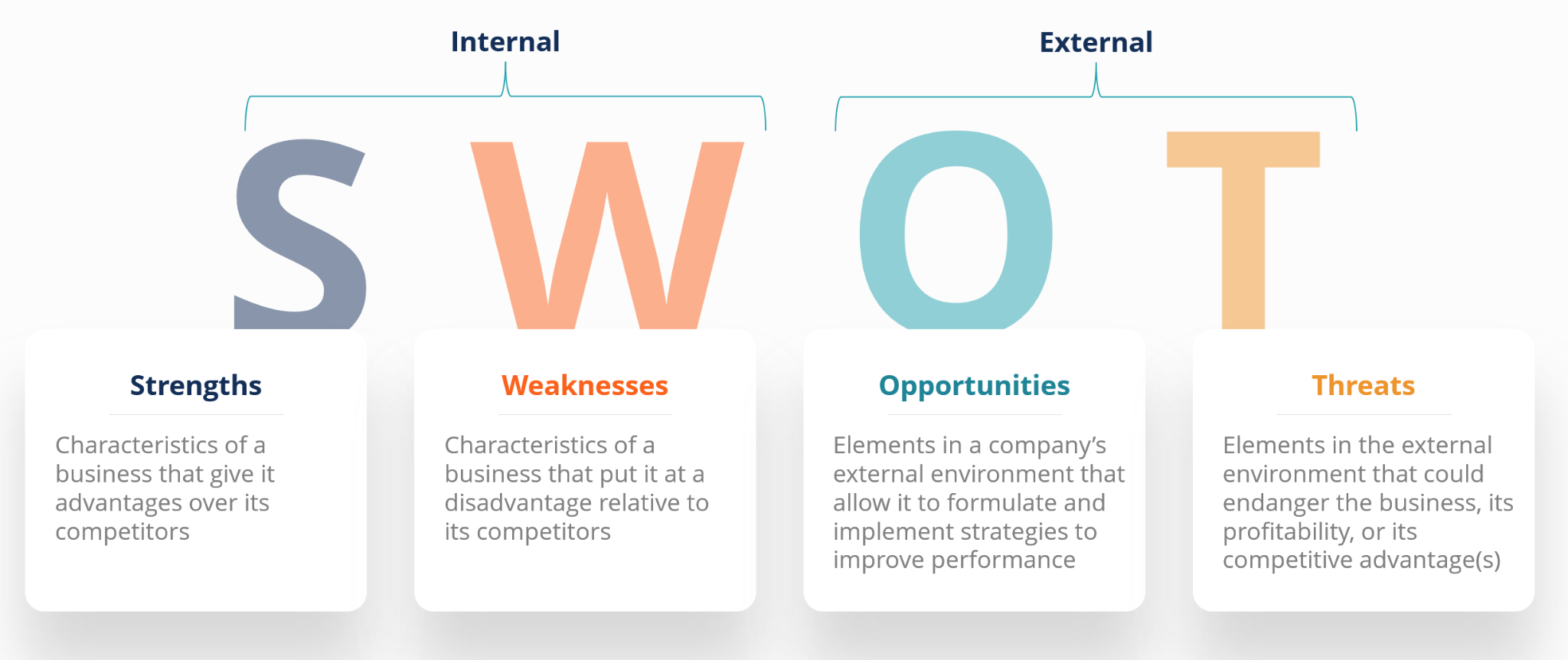

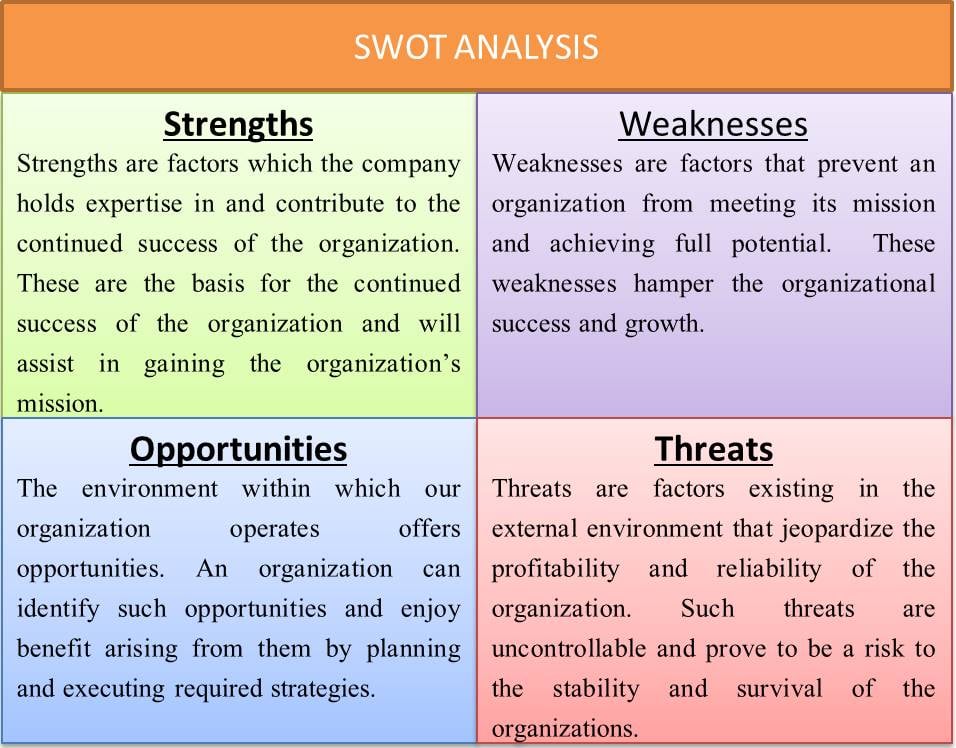
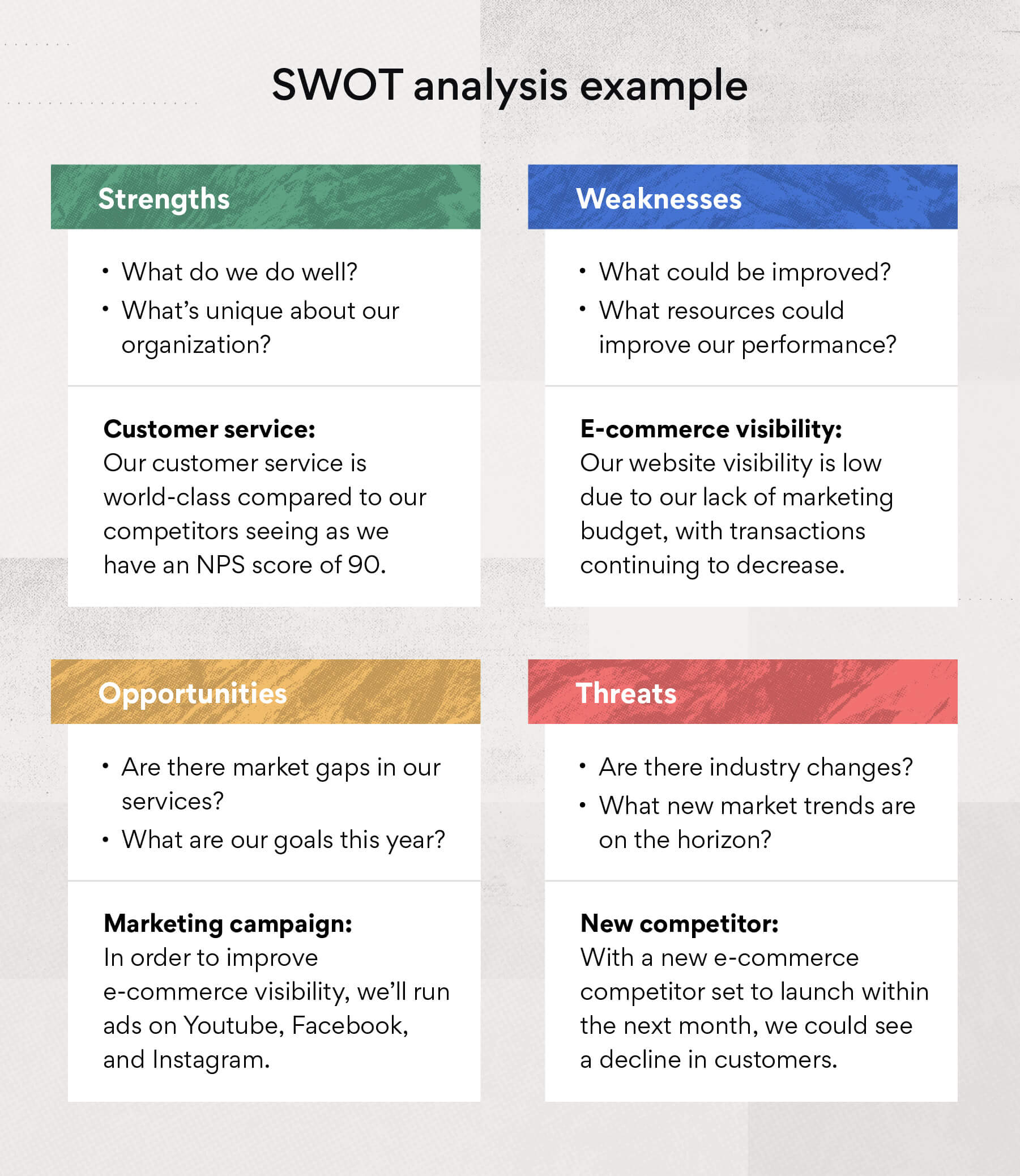
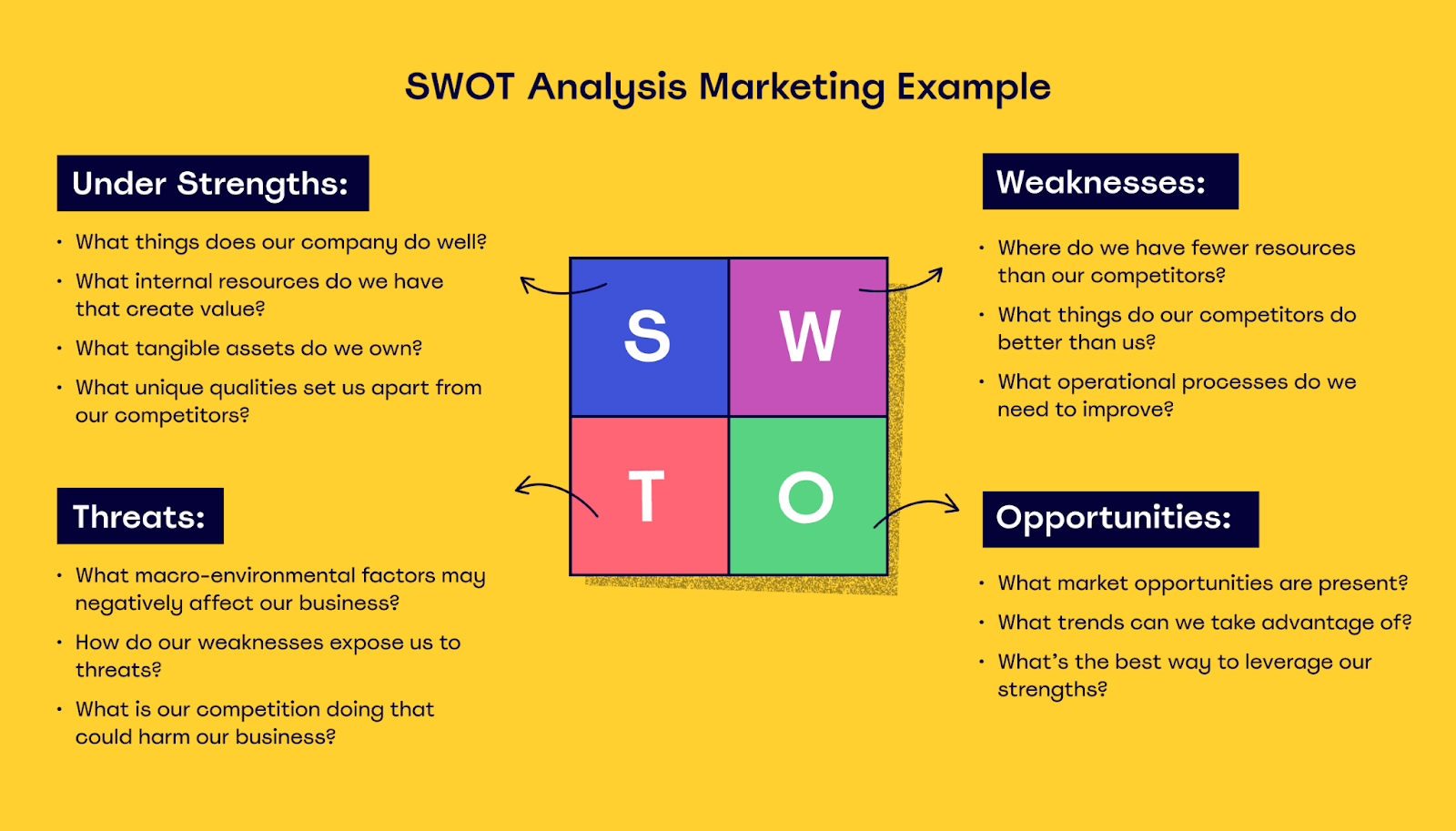
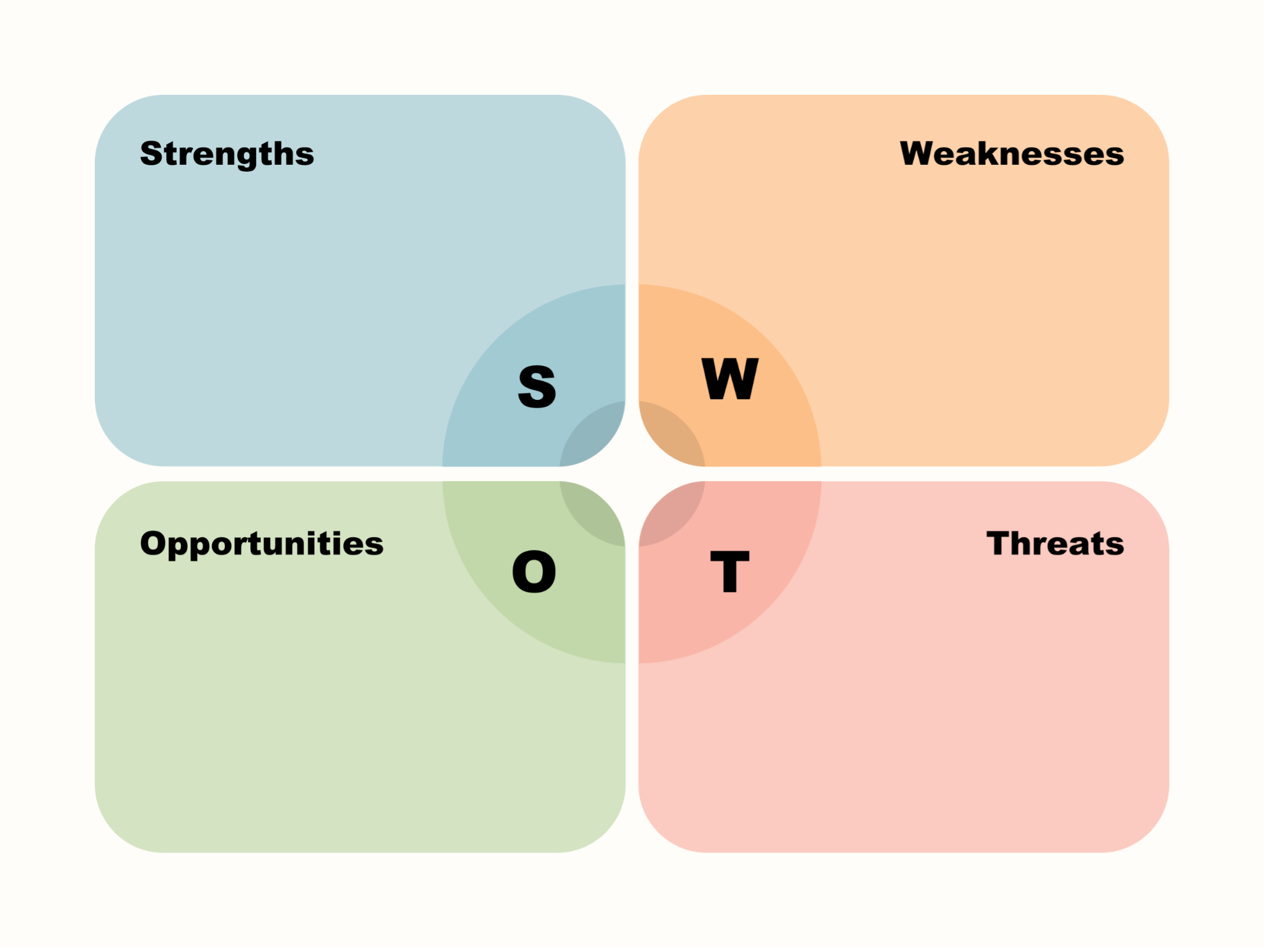
![How Can Swot Analysis Benefit A Company SWOT Analysis: How To Do One [With Template & Examples] - Amplitude](https://blog.hubspot.com/hs-fs/hubfs/swot-analysis-restaurant.jpg?width=3000&height=2000&name=swot-analysis-restaurant.jpg)
